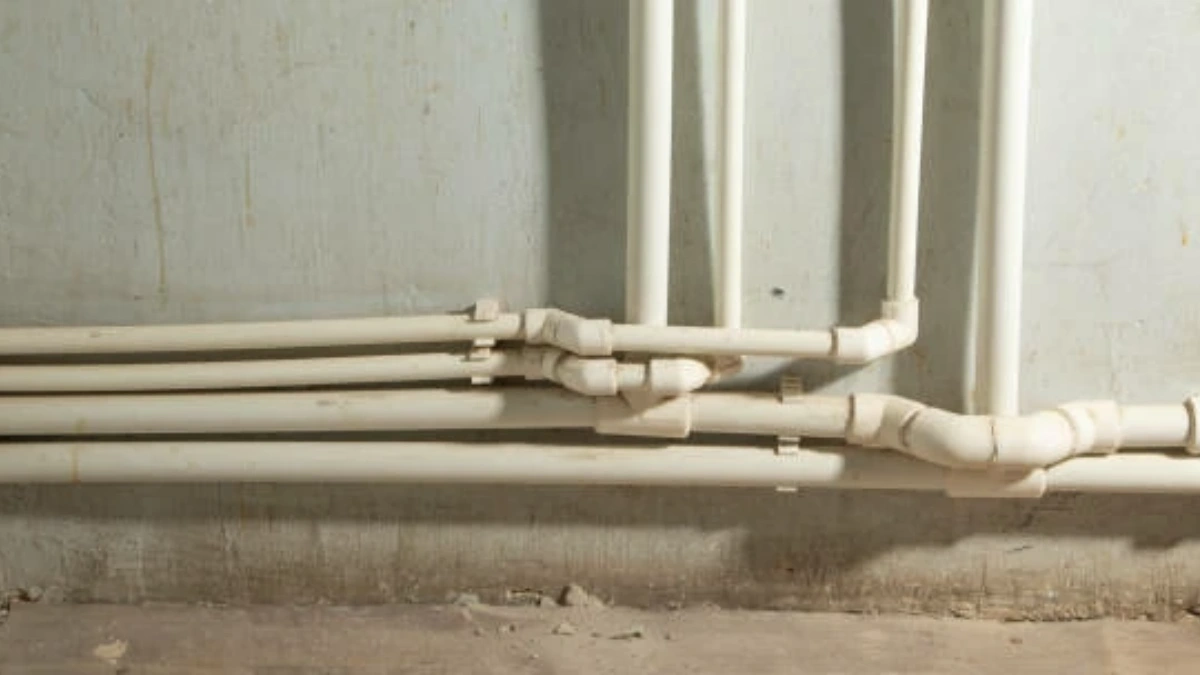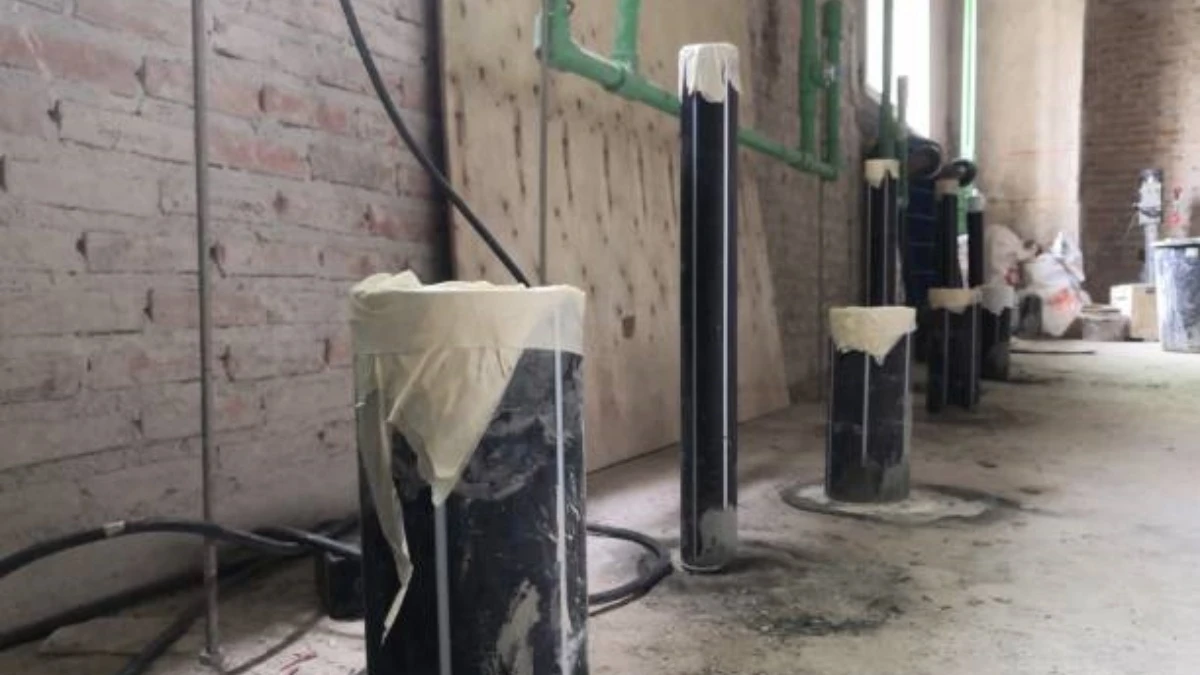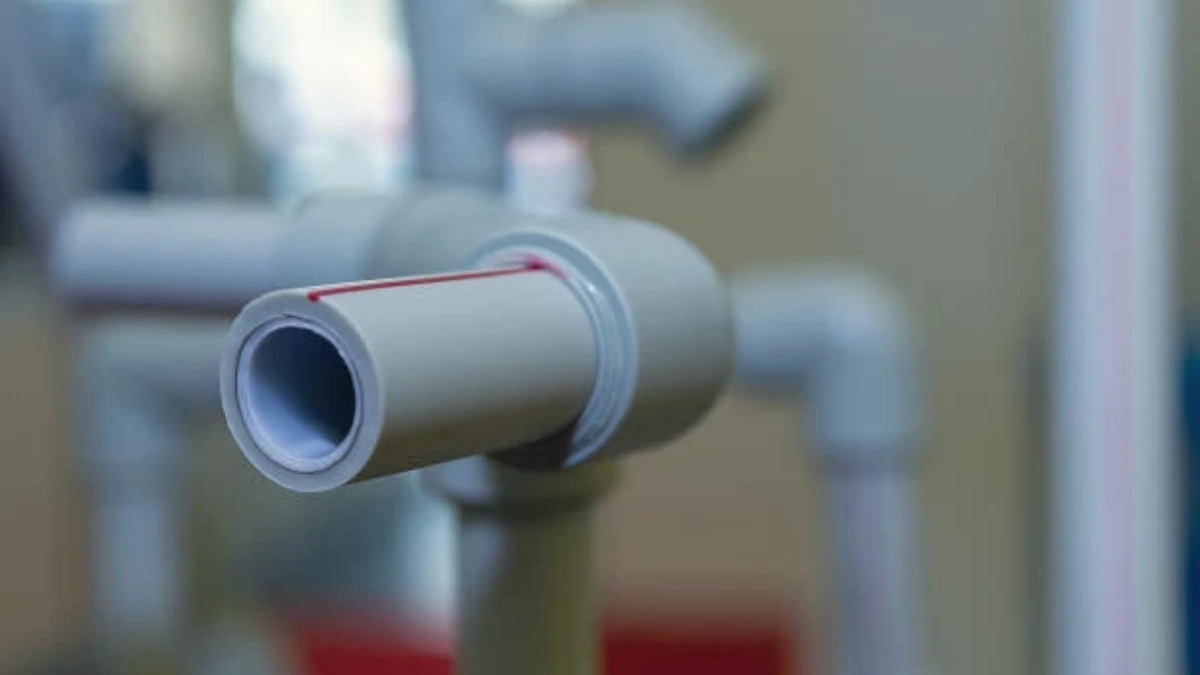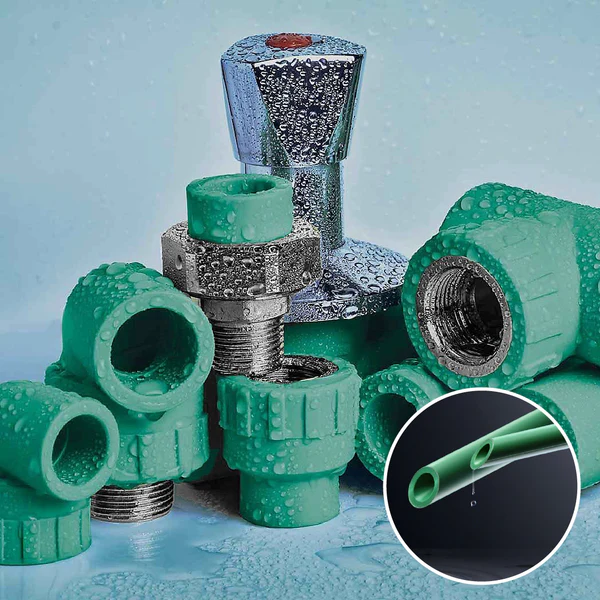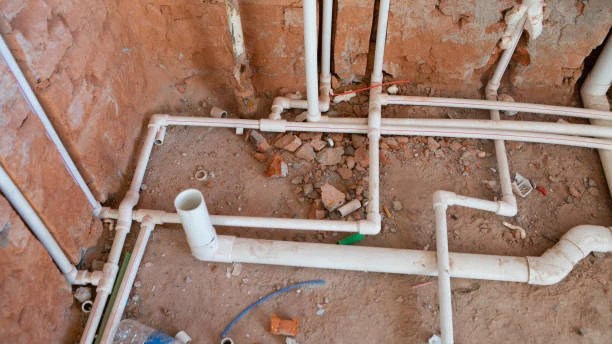Introduction
Plumbing systems require dependable control mechanisms to ensure safety and efficiency. One vital component, the PPR stop cock valve, plays a major role in managing water flow. Whether you install new piping or upgrade an old system, this valve proves essential. This article explains the top uses, benefits, and features of PPR stop cock valves and shows why every installer or homeowner should understand them.
What Is a PPR Stop Cock Valves?
A PPR stop cock valve is a manually operated valve used to start or stop the water flow in a PPR pipeline. Made from high-quality polypropylene random (PPR), it includes a threaded brass insert for added strength. It connects easily to PPR piping systems and allows precise shut-off control.
You find this valve in household, commercial, and industrial plumbing installations. It works well in high-temperature and high-pressure systems, thanks to its durable materials and smart design.
Key Use: Emergency Water Shut-Off
One of the primary uses of a PPR stop cock valve involves emergency shut-off situations. When you face leaks or flooding risks, you must stop water flow immediately. This valve allows quick manual control and prevents major damage.
Place it near bathrooms, kitchens, or outside entry points to isolate sections without disrupting the whole system. Homeowners benefit from this quick access during plumbing emergencies.
Key Use: Fixture-Level Control
You often need to stop water flow to a specific fixture without affecting others. A PPR stop cock valve lets you isolate sinks, toilets, or washing machines during maintenance or repairs. This control enhances convenience and limits downtime.
For instance, if a toilet needs fixing, you don’t have to turn off water for the entire house. The valve’s local control simplifies tasks and reduces disruption.
Key Use: Zone Isolation in Large Systems
Large homes or buildings feature multiple plumbing zones. A PPR stop cock valve lets installers divide water systems into manageable sections. Each zone then operates independently.
Facility managers use these valves to shut off one floor or department without affecting the rest. This approach works well in hotels, schools, or office complexes. It reduces downtime and enhances operational efficiency.
Key Use: Seasonal Water Supply Control
Many properties use water only during specific seasons—gardens, outdoor kitchens, or pools. A PPR stop cock valve allows users to turn off water during winter or dry seasons.
This prevents pipe freezing, water waste, or pressure build-up. Once the new season begins, reopening the valve restores flow easily. It provides a smart solution for managing seasonal needs.
Key Use: Water Meter and Tank Protection
Installers often place PPR stop cock valves before water meters or tanks to protect these components. Sudden pressure spikes or flow surges can damage them. The valve controls entry flow and guards sensitive equipment.
Water meter servicing becomes simpler too. Shut off the valve, do the maintenance, and restore flow once done. This setup ensures protection and streamlines regular servicing.
Installation Benefits
Installing a PPR stop cock valve takes minimal time and effort. Fusion welding or threaded connections integrate it smoothly into PPR piping systems. Once in place, it needs little maintenance.
Its brass-threaded insert strengthens the structure and prevents cracking during operation. The valve resists chemicals and extreme temperatures. Whether in homes or factories, it performs reliably over many years.
Why Choose PPR Over Other Materials?
PPR stands out due to its non-toxic, corrosion-resistant, and durable properties. Unlike metal or PVC, it doesn’t react with water or chemicals. It keeps the water clean and safe for consumption.
The PPR stop cock valves doesn’t leak easily, doesn’t rust, and handles pressure changes well. You avoid frequent replacements and ensure stable performance in critical systems.
Choosing the Right Valve for Your System
Before installing a PPR stop cock valve, assess the pressure, temperature, and space. Choose the correct size and joint type—threaded or fusion—for compatibility.
Avoid using these valves in systems that involve highly corrosive liquids outside the valve’s rating. Always check for local plumbing codes and material approvals.
Conclusion
A PPR stop cock valve ensures safety, convenience, and control across many plumbing applications. It isolates fixtures, protects systems, and manages seasonal supply—all with simple manual operation.
Installers, homeowners, and facility managers can all benefit from understanding these use cases. When you need a reliable, long-lasting shut-off solution, the PPR stop cock valve stands out. Make it part of your design and enjoy worry-free water management.
FAQs
1. Where should I install a PPR stop cock valve?
Place it near entry points, individual fixtures, or water tanks to control flow locally.
2. Can I use this valve for hot water systems?
Yes. PPR handles high temperatures, making this valve suitable for hot and cold water systems.
3. How often should I replace a PPR stop cock valve?
With proper use, it lasts over 15 years. Replace it only if it shows signs of wear or leaks.
4. Does the valve work with non-PPR pipes?
No. It fits only PPR systems or hybrid systems with brass adapters. Always check compatibility.
5. Is the valve safe for drinking water systems?
Yes. PPR is food-grade and non-toxic. It keeps drinking water safe and clean.








